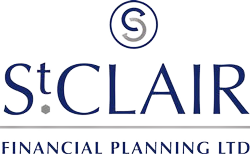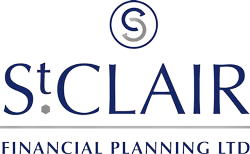For those who want to build their own home, a conventional residential mortgage is not an option. Instead, the self-builder would need to apply for a self-build mortgage. Not every lender is active in the self-build mortgage market and those that are, tend to charge a higher rate of interest for self-build mortgages. Self-build mortgages involve regular site inspections, and additional administrative tasks and are deemed to carry more risk for the lender than conventional mortgages do. Also, the self-build mortgage application can take longer to process than average — five or six months is not unusual.
Key requirements
The lender will want to see detailed plans for the property, an accurate build cost projection, and building regulations approval and would expect, at the very least, outline planning permission to have been granted. Rather than the borrower taking on the build, lenders are likely to require a professional builder or a qualified project manager to be appointed.
Deposit and lending criteria
Lenders will employ a professional valuer to assess the property’s market value on completion and during the build. If the mortgage provider considers the project viable, the amount they’re willing to advance will be determined by a range of factors such as build type, construction methods and materials used, and the property’s location. The lender will also take account of the borrower’s credit history and judge whether they can afford to make the loan repayments or not.
As most lenders will not advance more than 75% of the current value of the land and a similar amount against the build costs, the self-build borrower has to find a larger deposit than normal. Some providers require the mortgagor to have bought the land prior to applying for the mortgage.
Stage-by-stage funding
Houses are built in stages, which is why self-build mortgage funds are released in stages. Precisely when each advance is made — either at the beginning or on completion of each stage — depends on the lender’s policy. Where applicable, the first advance is used to help buy the land on which the property will be built. Subsequent advances are made (subject to the valuer’s approval) once the foundations have been laid, at the point when construction reaches the level of the eaves, as soon as the property is watertight, and when the interior walls have been plastered. The final advance materialises when the property is ready for occupation.









